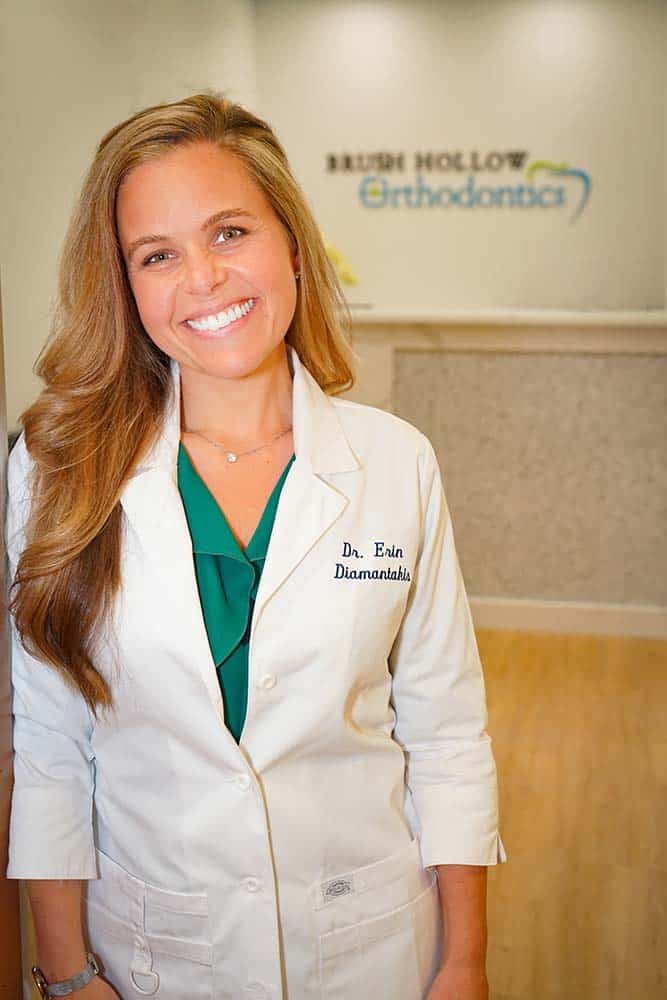
Invisalign Vs. Traditional Braces: Choosing the Right Orthodontic Treatment
Both traditional braces and Invisalign clear aligners are used to correct crooked and crowded teeth. While these treatments are most common in the teenage population, more and more adults are seeking orthodontic care to boost their confidence in their smile. These popular treatment options have pros and cons, with traditional braces being the stronger method of the two when it comes to correcting more complex cases of rotated teeth, severe crowding, and significant gaps.
Comparing Invisalign and Traditional Braces
Depending on the patient’s needs, one orthodontic treatment may be more effective than the other. Your dentist can evaluate your X-rays and discuss which option will help you reach a straighter smile.
Invisalign
The most obvious benefit of Invisalign is that the clear aligners offer a more discreet way to straighten teeth. While it’s one thing to have metal braces in school, when the majority of your classmates do as well, many adults feel self-conscious about such a look. Invisalign is a great option for those who only need minimal adjustments.
Invisalign aligners are removable, which means patients don’t have to deal with pesky food restrictions. They’re touted as being comfortable and easy to wear, though they’re also more expensive and require patient compliance of 22 hours a day for maximum effectiveness. Patients typically wear their aligners for 12 to 18 months in total.
Overall, many patients prefer the near-invisible aligners and the flexibility of being able to remove them while eating and drinking. The expense of the treatment can be a barrier, as well as the dedication it takes to clean the aligners and your teeth after every meal.
Traditional Braces
Traditional braces are great for younger kids and forgetful teenagers, as they’re not removable and are designed to stay in place while eating and drinking. Brackets are bonded to the teeth, which requires diligent cleaning. Brushing after every meal, flossing daily, and using an interdental brush to reach the difficult areas are all recommended to prevent cavities and tooth decay.
This ortho option is great for patients who are dealing with complicated crowding issues, as the metal provides more forceful and consistent pressure than the alternative clear, plastic aligners. On average, braces are worn for a period of one to two years.
There’s a reason that braces remain the most popular method for straightening teeth. They work well, even with the occasional discomfort of a protruding wire. Braces are proven more effective than aligners when correcting overbites, rotations, and tooth displacement.
Say Hello to Straighter Teeth
At Brush Hollow Orthodontics, every member of our team is passionate about oral health and helping our patients feel as comfortable as possible when they visit us. Dr. Erin Diamantakis has dedicated her career to providing high-quality orthodontic care, with treatments ranging from Invisalign, traditional braces, orthognathic surgery, and a range of adult ortho services.

